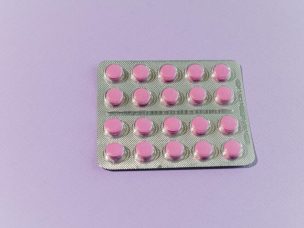Researchers find different brain responses to physical activity and cognitive testing in people with ADHD. These findings suggest that the neural mechanisms underlying ADHD symptoms may be different during physical activity compared to cognitive tasks, and this could have implications for developing more effective treatments for ADHD.
- People with ADHD struggle with inattention, hyperactivity, and impulsivity.
- Physical activity is a proposed intervention to treat ADHD symptoms.
- Brain activity is altered during cognitive testing and physical activity.
- People with ADHD have distinct neural processing patterns during physical activity.
Attention-deficit/hyperactivity disorder (ADHD) is a developmental disorder affecting about six million children and adolescents in the United States. Childhood ADHD is diagnosed by assessing behavioral symptoms like inattention, hyperactivity, and impulsivity, which all rely on executive functioning. Exercise has been shown to improve executive function in people with ADHD, but the mechanisms underlying how physical activity improves behaviors has not been thoroughly researched.
Exploring Brain Activity During Exercise With Functional Near-Infrared Spectroscopy
A neuroimaging technique called functional near-infrared spectroscopy can probe brain activity during exercise, such as stationary cycling. In an experiment published in Medicine & Science in Sports & Exercise, researchers interrogated brain activity and cognitive performance in adolescents with and without ADHD while they performed physical activity. Discovering the brain areas that respond to dual-task performance will provide crucial information about the neural mechanisms that could be affected by ADHD and potentially lead to interventions.
Altered Brain Activity in Individuals With ADHD During Cognitive Testing and Physical Activity
In the cognitive test battery, individuals with ADHD showed worse performance than those without ADHD. In a test of inhibition, the adolescents with ADHD showed decreased brain activity in the inferior/superior parietal gyrus when they completed the test during exercising compared to when they completed the task at rest. However, typically developing children had higher brain activity when performing the inhibition test during physical activity. This shows that ADHD may alter the neural processing of physical activity and cognition.
Implications for Interventions and Further Research
The purpose of the study was to determine how moderate exercise influenced brain activity in adolescents with and without ADHD. Exercise seemed to have opposite effects in individuals with ADHD compared to typically developing adolescents. These results suggest that dual physical and mental tasks are challenging for adolescents with ADHD, and exercise could modulate the neuronal resources in key regions.
Source:
Van Riper, S. M., Tempest, G. D., Piccirilli, A., Ma, Q., & Reiss, A. L. (2023). Aerobic Exercise, Cognitive Performance, and Brain Activity in Adolescents with Attention-Deficit/Hyperactivity Disorder. Med Sci Sports Exerc. https://doi.org/10.1249/mss.0000000000003159










